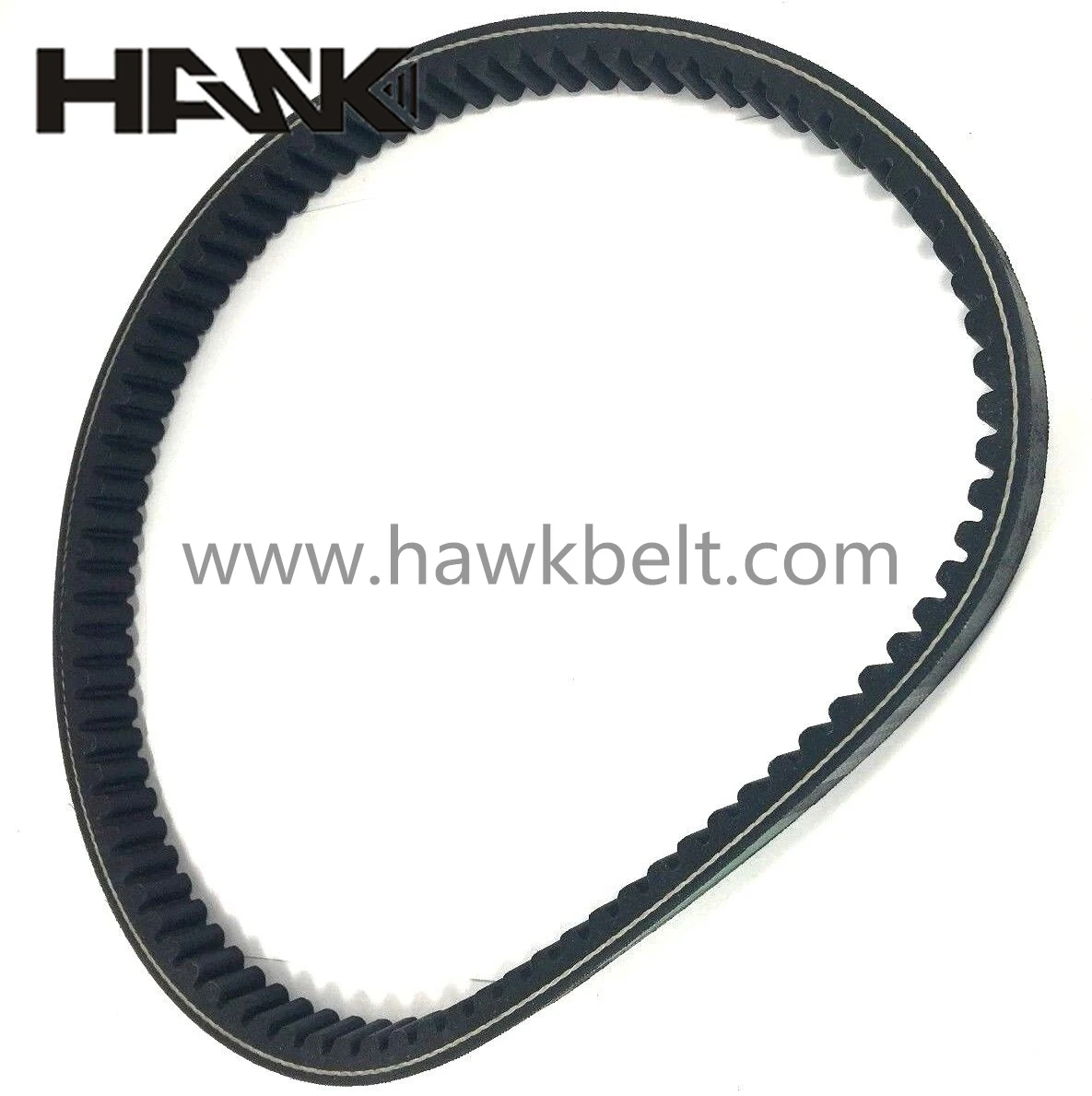- Arabic
- French
- Russian
- Spanish
- Portuguese
- Turkish
- Armenian
- English
- Albanian
- Amharic
- Azerbaijani
- Basque
- Belarusian
- Bengali
- Bosnian
- Bulgarian
- Catalan
- Cebuano
- Corsican
- Croatian
- Czech
- Danish
- Dutch
- Afrikaans
- Esperanto
- Estonian
- Finnish
- Frisian
- Galician
- Georgian
- German
- Greek
- Gujarati
- Haitian Creole
- hausa
- hawaiian
- Hebrew
- Hindi
- Miao
- Hungarian
- Icelandic
- igbo
- Indonesian
- irish
- Italian
- Japanese
- Javanese
- Kannada
- kazakh
- Khmer
- Rwandese
- Korean
- Kurdish
- Kyrgyz
- Lao
- Latin
- Latvian
- Lithuanian
- Luxembourgish
- Macedonian
- Malgashi
- Malay
- Malayalam
- Maltese
- Maori
- Marathi
- Mongolian
- Myanmar
- Nepali
- Norwegian
- Norwegian
- Occitan
- Pashto
- Persian
- Polish
- Punjabi
- Romanian
- Samoan
- Scottish Gaelic
- Serbian
- Sesotho
- Shona
- Sindhi
- Sinhala
- Slovak
- Slovenian
- Somali
- Sundanese
- Swahili
- Swedish
- Tagalog
- Tajik
- Tamil
- Tatar
- Telugu
- Thai
- Turkmen
- Ukrainian
- Urdu
- Uighur
- Uzbek
- Vietnamese
- Welsh
- Bantu
- Yiddish
- Yoruba
- Zulu
نومبر . 17, 2024 04:35 Back to list
Choosing the Right V-Belt for 5kW Motors and Applications
Understanding V-Belts in 5kW Applications
V-belts are an essential component in various mechanical systems, particularly in power transmission. When discussing V-belt 5kW, we are focusing on a specific application where V-belts are used to transmit power in systems requiring a capacity of 5 kilowatts (kW). This article will delve into the characteristics, advantages, and applications of V-belts in contexts where such power requirements are prevalent.
What is a V-Belt?
A V-belt is a type of flexible belt used for the transmission of power between shafts. Its trapezoidal cross-section allows it to fit snugly into the grooves of pulleys, which helps to prevent slippage and ensures efficient power transfer. The design of V-belts enables them to effectively handle higher loads while maintaining a high level of durability.
Characteristics of V-Belts
1. Material Composition V-belts are typically made from rubber or synthetic materials, which provide flexibility and resistance to wear and tear. The use of high-quality materials enhances their longevity and overall performance.
2. Size and Dimensions V-belts come in various sizes and lengths, allowing them to be tailored for specific applications. For a 5kW system, it is crucial to select a V-belt that matches the required specifications for length, width, and thickness.
3. Coefficient of Friction The design of V-belts ensures a high coefficient of friction between the belt and the pulley. This attribute minimizes slippage and enhances the overall efficiency of power transmission.
Advantages of Using V-Belts
v belt 5kw

1. Efficiency V-belts are known for their high efficiency in power transmission. They can operate effectively at varying speeds and loads while maintaining a steady performance.
2. Impact Resistance V-belts can absorb shock loads, which is particularly beneficial in dynamic applications such as industrial machinery. This property helps extend the lifespan of both the belt and the equipment it drives.
3. Operating Range V-belts can operate efficiently across a wide range of temperatures and environments, making them suitable for diverse applications, from manufacturing to agricultural machinery.
4. Cost-Effectiveness Given their durability and low maintenance requirements, V-belts offer a cost-effective solution for power transmission needs. They require minimal replacement frequency, which reduces overall operating costs.
Applications of V-Belts in 5kW Systems
V-belts are widely used in various applications that demand a power output of around 5kW. Common applications include
- Agricultural Equipment V-belts are used in tractors and harvesters, where they help drive various mechanical components. - Industrial Machines Equipment such as conveyors, pumps, and compressors often utilize V-belts for efficient power transmission. - HVAC Systems Air conditioning and ventilation systems rely on V-belts to drive fans and blowers, providing necessary airflow.
Conclusion
In conclusion, the V-belt serves as a vital component in applications requiring power transmission of approximately 5kW. Its design, efficiency, and ability to absorb shock loads make it suitable for various industries. Understanding the characteristics and advantages of V-belts allows engineers and technicians to make informed decisions when selecting the appropriate components for their power transmission systems, ultimately leading to improved performance and reliability.
-
Heat Joining Drive Belt | High-Durability Fusion Solution
NewsJul.31,2025
-
Timing Belt Video Guide: Selection, Design & Quality Insights
NewsJul.30,2025
-
High-Performance Variable Speed V Belt Drive for Efficient Power Transmission
NewsJul.30,2025
-
High-Quality 90 Inch Serpentine Belt - Durable & Versatile Options
NewsJul.29,2025
-
High-Performance Timing Belt Cam Belt for Engines
NewsJul.29,2025
-
High-Performance Poly V Ribbed Belt for Efficient Power Transmission
NewsJul.29,2025

